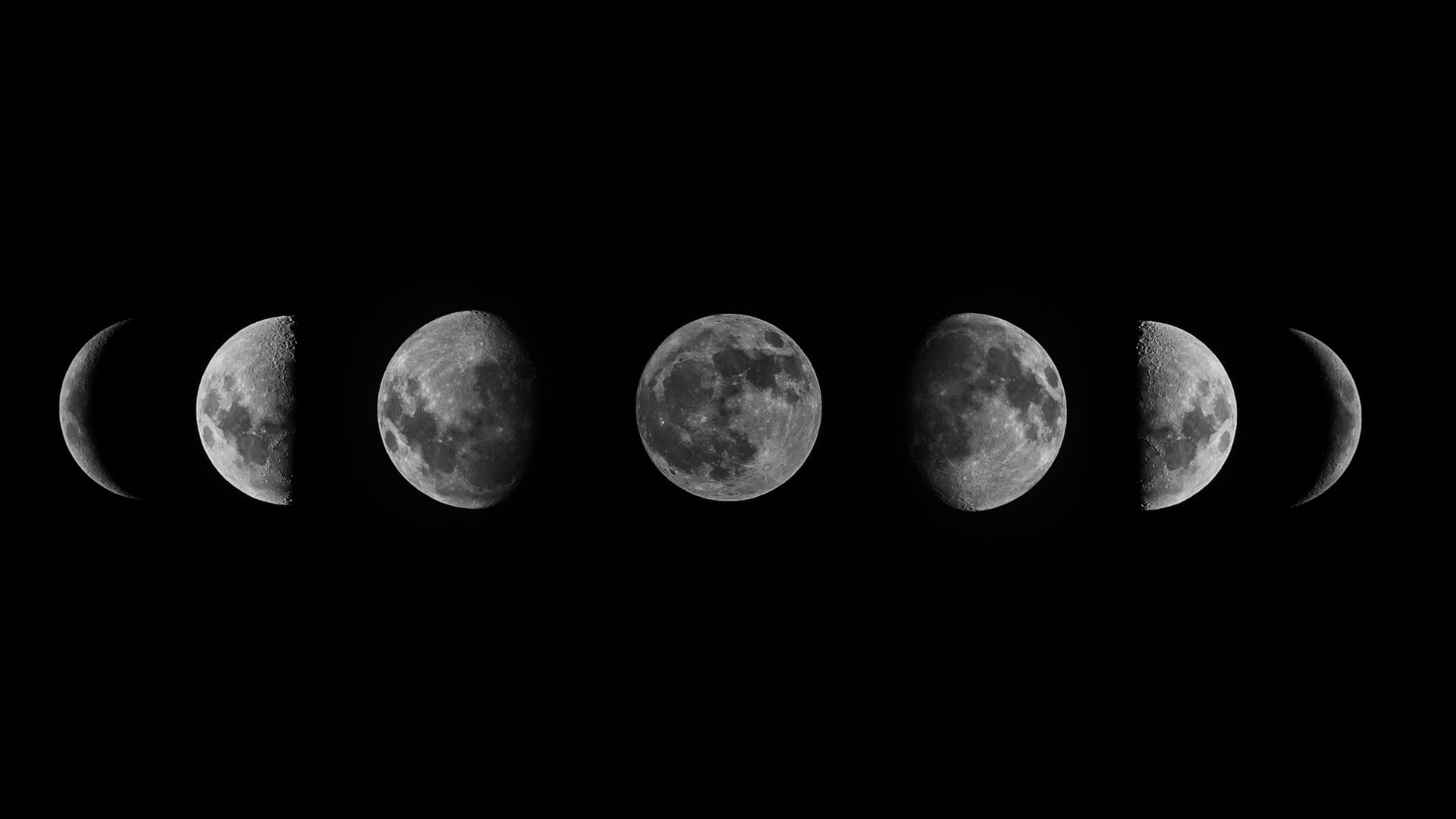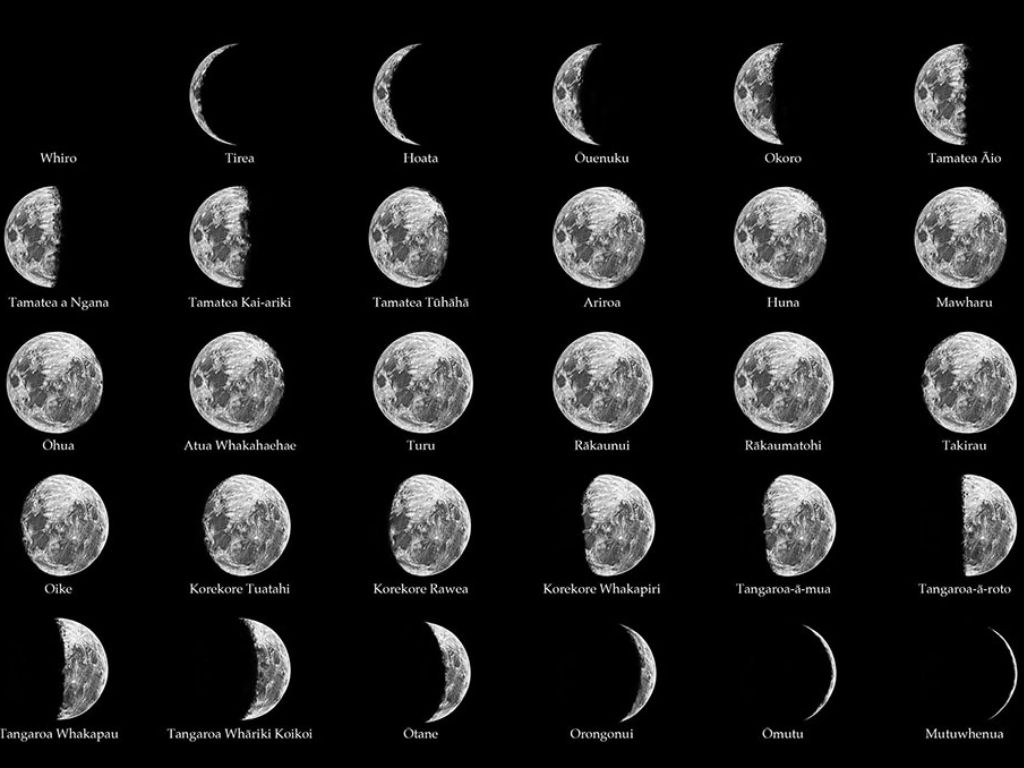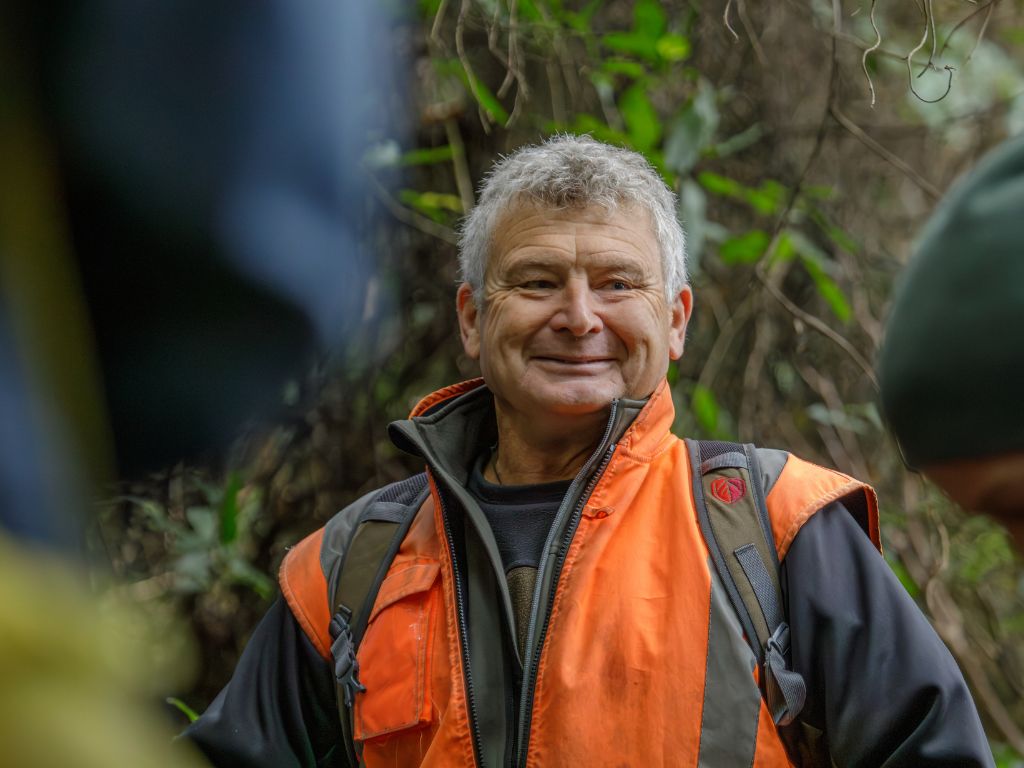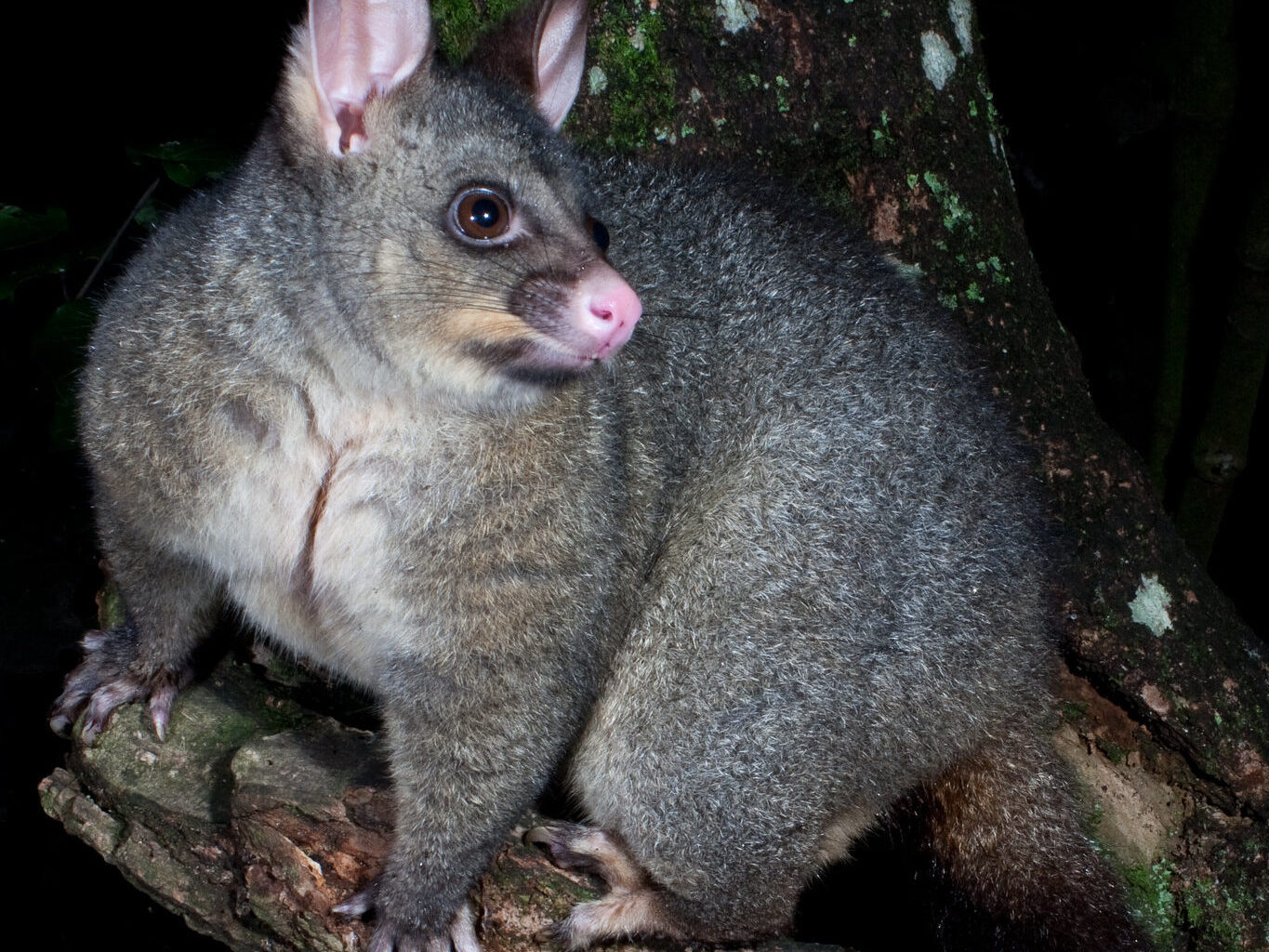Do you plant and harvest your vegetable garden by the moon? Do you fish by the moon? Many people do and recognise the positive influence that following the rhythms of nature can have on our outcomes. You won’t be surprised to know it’s the same with trapping predators.

This article was originally published by Connovation and was written by Cam Speedy, a wildlife biologist and predator control specialist.
As a professional ecologist and life-long hunter-gatherer, I have watched the patterns in nature all my life, as indigenous cultures have done for aeons.
Māori culture has, over centuries, developed a detailed understanding of what they call the ‘maramataka’ – the lunar calendar or cycle.
They have always applied it to their māra (gardens), to fishing and eeling, to bird hunting, health and well-being, and even social interactions.
There are 30 phases, each with a unique energy, however, four recognisable phases are:
- New Moon – Whiro phase (lowest activity)
- Waxing Moon – Tamatea phase (unpredictable)
- Full Moon – Rākaunui phase (highest energy)
- Waning Moon – Tangaroa phase (most productive).

As a hunter, I have always recognised similar distinct patterns when night shooting. Sometimes, there is just nothing doing; other times, there are critters there, but they are very shy or just too fast. Sometimes, it’s simply all on – critters everywhere that hold in the light.
It is the same with fishing – fishing is more productive at ‘bite time’ – when the moon is directly above, especially when that happens at dawn (Tangaroa phase) or dusk (Tamatea phase).
Deer are also more active at ‘bite time’. With over 40 ‘deer roars’ under my belt, I now plan my roar trips to coincide with the end of the third lunar quarter (start of the Tangaroa phase) – when hind cycling and stag activity is much higher – and I make sure I’m looking over hot spots at ‘bite time’.

As I began applying maramataka principles to my predator trapping, my diary notes started to speak for themselves – for example, the serviced traps were fresh for the ‘Tangaroa’ moon phase (seven to 12 days after the full moon) and out-performed other traps.
Many of us fit trap checking into busy lives and schedules.
We can only get to our allocated trap lines in our community predator free projects once every few weeks. When we do, we often find that the dead pests are pretty manky – they are mostly caught within a few days/nights of the last trap service when baits are fresh; scuffs beside the trap haven’t been rained on and are still ‘interesting’ to the target species; and the lures used are still highly attractive.
I have consistently found that traps serviced a day or two before the Tangaroa phase catch more pests.
If you also start to layer in weather influences (most critters stay home during cold, wet stormy periods to re-emerge once the weather fronts clear), take note of and follow wider seasonal patterns in animal behaviour (eg., mating, breeding and dispersal) and understand seasonal diet changes, you will transform your trapping success.
A good example of this more holistic, connected-to-nature approach is what I call “possum night clubs”.
Possums have a major mating period in March each year.
If you start regularly pre-feeding pending control sites during the Tamatea (Waxing) Moon phase in mid to late February, for two weeks through the high energy Full Moon phase, you will set up an incredible social communication system within your local possum population.
Sites on ridges or spurs will allow sound and scent to travel more widely across the landscape.
The number of possums coming each night increases almost exponentially as interacting possums travel to and from the site daily, leaving scent trails, scats, food cues, pheromones, and game trails to your pending control site.

After two weeks, as the Tangaroa Moon phase rolls around in early to mid-March, you will be ready to set multiple traps, night shoot (with thermals) or lay toxins and remove large numbers of possums from a significant landscape around each site.
How worn the game trails to your sites are will indicate just how much possum activity there is at each. The results (in terms of numbers) will depend on possum density, but for low-density populations, getting them to follow each other to you is actually way less effort than trying to track each one down – individually.
Social interaction is easy when using the right activity levels (governed by the moon phase) at the right time of year.
This approach has helped me put the target animal at the centre of my thinking: What is it doing, when and why?
Most importantly, this makes me focus on how to best use this understanding to maximise my contribution to protecting my local environment.
This is an ancient approach proven and used by indigenous cultures around the world – forever. It is about a deeper connection and understanding of the environments we love. And that is a powerful thing – on so many levels.
Predator trapping by the moon – it’s a game changer!
These websites will help you navigate the exact timing of the maramataka:
https://www.timeanddate.com/moon/phases/new-zealand/taupo
https://www.maramataka.co.nz/products/maramataka-wall-planner-2024-2025

